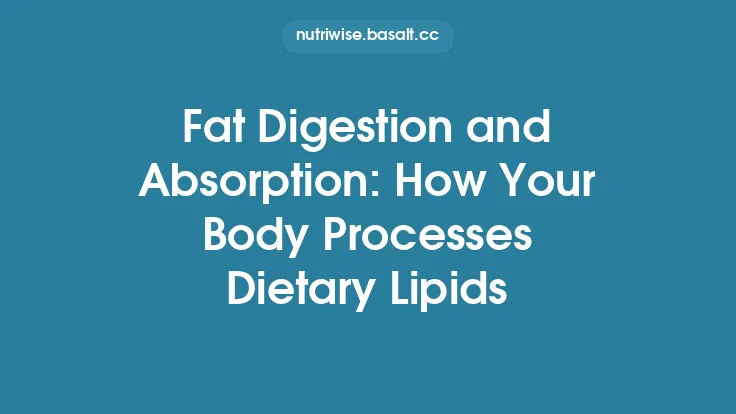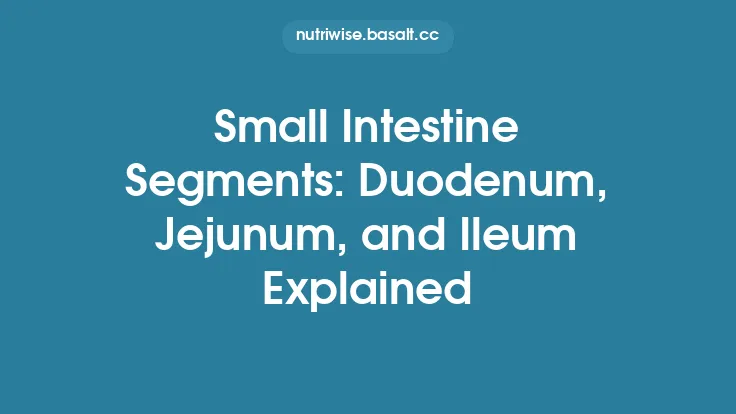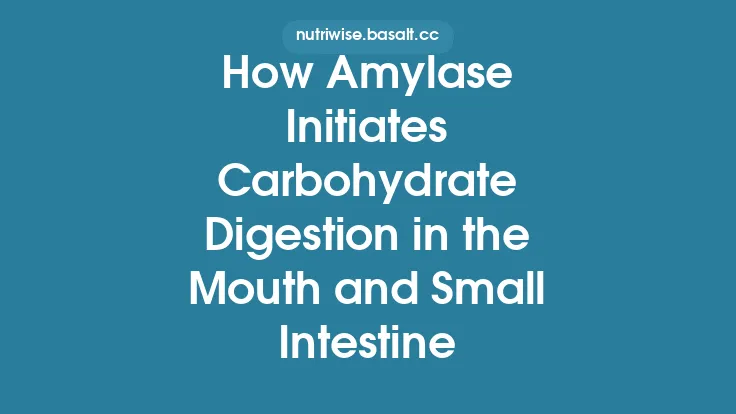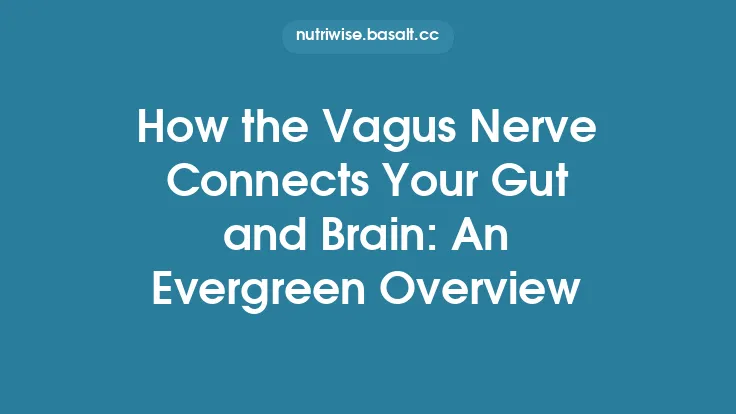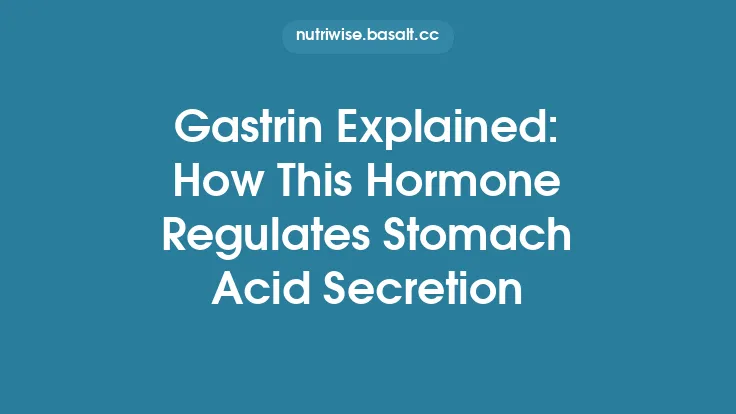The stomach is a uniquely adapted organ that serves as both a chemical reactor and a mechanical grinder, preparing ingested food for the subsequent phases of digestion. Its ability to generate a highly acidic milieu, combined with powerful muscular contractions, creates an environment where proteins begin to denature, pathogens are neutralized, and food particles are broken down into a semi‑liquid paste known as chyme. Understanding how the stomach’s anatomy orchestrates these processes reveals why the acidic environment is not merely a chemical hazard but a critical partner in mechanical digestion.
Anatomical Overview of the Stomach
The stomach is a J‑shaped, hollow organ situated in the upper left quadrant of the abdominal cavity, nestled beneath the diaphragm and anterior to the pancreas and spleen. Its wall is composed of several distinct layers, each contributing to its dual role:
| Layer (from lumen outward) | Primary Features | Functional Contribution |
|---|---|---|
| Mucosa | Gastric pits leading to gastric glands; surface epithelium of simple columnar cells; mucus‑secreting cells | Secretes gastric juice (hydrochloric acid, pepsinogen, intrinsic factor) and a protective mucus layer |
| Submucosa | Loose connective tissue with blood vessels, lymphatics, and a dense network of nerves | Supplies nutrients to the mucosa and houses the submucosal plexus that modulates secretory activity |
| Muscularis externa | Three concentric muscle layers: inner oblique, middle circular, outer longitudinal | Generates peristaltic and mixing movements (e.g., gastric grinding, retropulsion) |
| Serosa (visceral peritoneum) | Thin serous membrane | Provides a friction‑less surface for movement within the abdominal cavity |
The stomach is divided into several regions that reflect functional specializations:
- Cardia – the entry point where the esophagus meets the stomach; contains mucous glands that protect the esophageal lining from acid.
- Fundus – the dome‑shaped upper portion; rich in parietal cells that secrete hydrochloric acid.
- Body (corpus) – the central, largest region; houses chief cells (pepsinogen) and mucous cells.
- Antrum (pyloric region) – the distal portion that regulates gastric emptying; contains G‑cells that release gastrin, a hormone that stimulates acid production.
Gastric Secretions and pH Regulation
The hallmark of the stomach’s chemical environment is its low pH, typically ranging from 1.5 to 3.5 during active digestion. This acidity is achieved through a tightly regulated cascade:
- Parietal Cell Activation – Stimulated by three primary signals:
- Neural: Acetylcholine released from vagal efferents.
- Hormonal: Gastrin binding to CCK‑B receptors on parietal cells.
- Paracrine: Histamine released from enterochromaffin‑like (ECL) cells acting on H₂ receptors.
- Proton Pump (H⁺/K⁺‑ATPase) – The final step where intracellular hydrogen ions are exchanged for potassium ions across the apical membrane, secreting H⁺ into the gastric lumen.
- Carbonic Anhydrase Reaction – Within parietal cells, CO₂ combines with H₂O to form carbonic acid, which dissociates into H⁺ (pumped out) and HCO₃⁻ (exchanged for Cl⁻ at the basolateral membrane, a process known as the “alkaline tide”).
- Mucus–Bicarbonate Barrier – Surface mucous cells secrete a viscous mucus gel rich in bicarbonate ions, creating a pH gradient that protects the epithelium from the luminal acidity.
The resulting acidic environment serves several pivotal roles that intersect directly with mechanical digestion.
Acidic Environment and Its Role in Mechanical Digestion
While the term “acidic” often conjures images of chemical breakdown, the low pH also enhances the efficiency of the stomach’s mechanical actions:
- Protein Denaturation – Acid unfolds the tertiary structure of proteins, exposing peptide bonds. This structural loosening reduces the force required for muscular grinding to fragment the food matrix.
- Viscosity Modulation – Acidic conditions alter the rheological properties of the gastric contents. As proteins denature and begin to coagulate, the mixture becomes more cohesive, allowing peristaltic waves to generate a “churning” motion that evenly distributes mechanical forces.
- Pre‑Activation of Enzymes – Pepsinogen, secreted by chief cells, is converted to active pepsin only at low pH. Pepsin initiates proteolysis, creating smaller peptide fragments that are more readily displaced by muscular contractions.
- Microbial Control – The hostile pH eliminates many ingested microorganisms, preventing them from forming biofilms that could increase the viscosity of the chyme and impede mixing.
Thus, acidity primes the bolus for efficient mechanical processing, ensuring that the subsequent peristaltic and mixing movements can act on a substrate that is chemically softened and less resistant to deformation.
Muscular Layers and Motility Patterns
The stomach’s muscular architecture is uniquely three‑dimensional, enabling a repertoire of motility patterns that are finely tuned to the state of gastric contents:
| Muscle Layer | Direction of Contraction | Primary Motility Pattern |
|---|---|---|
| Oblique | Diagonal (from the greater curvature toward the lesser curvature) | Enhances grinding and mixing; creates a “pumping” action that pushes chyme toward the pylorus |
| Circular | Encircles the lumen | Generates peristaltic waves that segment the bolus and regulate the rate of gastric emptying |
| Longitudinal | Runs along the length of the stomach | Shortens the organ during accommodation and facilitates the movement of chyme toward the pyloric canal |
Two principal motility phases dominate the digestive cycle:
- Accommodation (Receptive Relaxation) – Upon entry of a food bolus, the proximal stomach (fundus and upper body) relaxes via vagal-mediated inhibition of smooth muscle tone, allowing the organ to expand without a significant rise in intragastric pressure. This phase is essential for storing large meals and preventing premature emptying.
- Mixing and Grinding (Antral Contractions) – The distal stomach (antrum) exhibits rhythmic, high‑amplitude contractions (3–5 per minute) that triturate the chyme, blend it with gastric secretions, and gradually propel it through the pyloric sphincter. The presence of acid increases the cohesiveness of the chyme, making it more amenable to these peristaltic forces.
The coordination between these muscular layers and the acidic milieu ensures that mechanical digestion proceeds efficiently, with the stomach acting as both a reservoir and a processing chamber.
Interaction Between Acid and Mechanical Forces
The synergy between chemical and mechanical processes can be illustrated through several mechanistic insights:
- pH‑Dependent Viscosity – Studies using rheometry have shown that gastric fluids at pH < 2 exhibit a non‑Newtonian, shear‑thinning behavior. This means that under low shear (e.g., during slow accommodation) the fluid is relatively viscous, but under high shear (e.g., during vigorous antral contractions) it thins, allowing easier flow. The acid‑induced protein coagulation contributes to this behavior.
- Feedback Loops – Mechanical distension of the gastric wall stimulates stretch receptors that, via vagal afferents, enhance gastrin release from G‑cells. Elevated gastrin, in turn, amplifies acid secretion, creating a positive feedback loop that ensures sufficient acidity for the ongoing mechanical breakdown.
- Pyloric Regulation – The pyloric sphincter remains partially closed during active grinding, creating a “back‑pressure” that forces the antrum to contract more forcefully. The acidic chyme, being denser than neutral fluid, settles toward the pyloric canal, facilitating its controlled passage.
- Particle Size Reduction – Experiments using imaging techniques (e.g., intragastric ultrasound) have demonstrated that the average particle size of a mixed meal decreases from ~5 mm to <1 mm within 30 minutes of gastric processing. This reduction is markedly slower when acid secretion is pharmacologically suppressed, underscoring the role of acidity in softening the matrix for mechanical fragmentation.
Protective Mechanisms Against Autodigestion
Given that the stomach secretes a potent acid and proteolytic enzymes, it must simultaneously safeguard its own tissues. Several layers of protection operate in concert:
- Mucus Gel Layer – A thick, viscoelastic mucus coat (≈ 1 mm) adheres tightly to the epithelial surface. Its high bicarbonate content neutralizes any acid that diffuses through, maintaining a near‑neutral pH at the cell surface.
- Epithelial Cell Turnover – Gastric epithelial cells have a rapid renewal rate (≈ 3–5 days). Stem cells in the gastric glands continuously replace damaged cells, limiting the time any given cell is exposed to the harsh lumen.
- Tight Junctions – Intercellular junctions restrict paracellular leakage of acid, preserving the integrity of the mucosal barrier.
- Prostaglandin Synthesis – Gastric mucosal cells produce prostaglandin E₂, which stimulates mucus and bicarbonate secretion and promotes mucosal blood flow, delivering oxygen and nutrients essential for repair.
These defenses are finely balanced; disruption (e.g., by NSAIDs, alcohol, or Helicobacter pylori infection) can tip the scale toward mucosal injury, leading to gastritis or ulceration.
Clinical Relevance and Common Disorders
Understanding the interplay between acidity and mechanical digestion informs the pathophysiology and treatment of several gastric conditions:
- Peptic Ulcer Disease (PUD) – Excessive acid production or impaired mucosal defenses result in erosion of the gastric lining. While H. pylori infection and NSAID use are primary contributors, hypersecretion of gastrin (Zollinger‑Ellison syndrome) exemplifies how dysregulated acid can overwhelm mechanical and chemical protective mechanisms.
- Gastroparesis – Impaired gastric motility (often due to vagal neuropathy) reduces the efficiency of mechanical grinding, leading to delayed emptying. The resulting prolonged exposure of food to acid can cause excessive mucosal irritation and dyspepsia.
- Acid‑Suppressive Therapy – Proton pump inhibitors (PPIs) and H₂‑receptor antagonists raise gastric pH, alleviating ulcer pain but also altering the mechanical digestion profile. Reduced acidity can impair protein denaturation, potentially affecting nutrient absorption and altering the texture of chyme.
- Gastric Cancer – Chronic inflammation from persistent acid‑related injury can promote metaplastic changes in the gastric epithelium, underscoring the importance of maintaining the delicate balance between acid secretion and mucosal protection.
Research Frontiers and Emerging Insights
Recent advances continue to refine our understanding of how acidic environments and mechanical forces co‑operate within the stomach:
- Microfluidic Gastric Models – Lab‑on‑a‑chip platforms replicate the stomach’s peristaltic motions and pH gradients, allowing precise study of drug dissolution, nutrient breakdown, and pathogen survival under physiologically relevant conditions.
- Optogenetic Control of Parietal Cells – By genetically encoding light‑sensitive ion channels in parietal cells, researchers can modulate acid secretion in animal models with millisecond precision, opening avenues for targeted therapies that avoid systemic side effects.
- Biomechanical Imaging – High‑resolution magnetic resonance elastography (MRE) now enables non‑invasive mapping of gastric wall stiffness during different phases of digestion, linking mechanical properties to functional outcomes.
- Microbiome‑Acid Interactions – While the stomach’s acidity limits microbial colonization, certain acid‑resistant species (e.g., *Lactobacillus* spp.) can survive and influence downstream gut microbiota composition, suggesting a nuanced role for gastric pH in shaping the broader intestinal ecosystem.
These investigative directions promise to deepen our grasp of the stomach’s dual nature as a chemical reactor and mechanical grinder, ultimately informing better clinical interventions and nutritional strategies.
In sum, the stomach’s architecture—its layered wall, specialized cell types, and coordinated muscular contractions—creates a uniquely acidic environment that is indispensable for effective mechanical digestion. The low pH not only initiates protein denaturation and enzyme activation but also modulates the physical properties of the gastric contents, making them more amenable to grinding and mixing. Protective mechanisms ensure that this potent combination does not damage the organ itself, while dysregulation can lead to a spectrum of clinical disorders. Ongoing research continues to unravel the intricate feedback loops that link acidity, motility, and overall digestive health, reinforcing the stomach’s central role in the complex choreography of human digestion.
